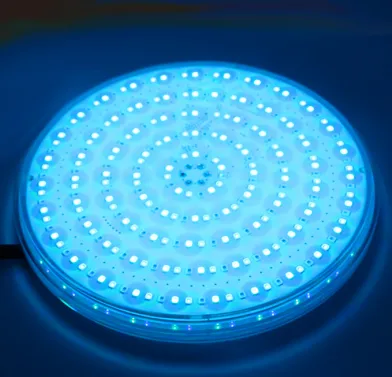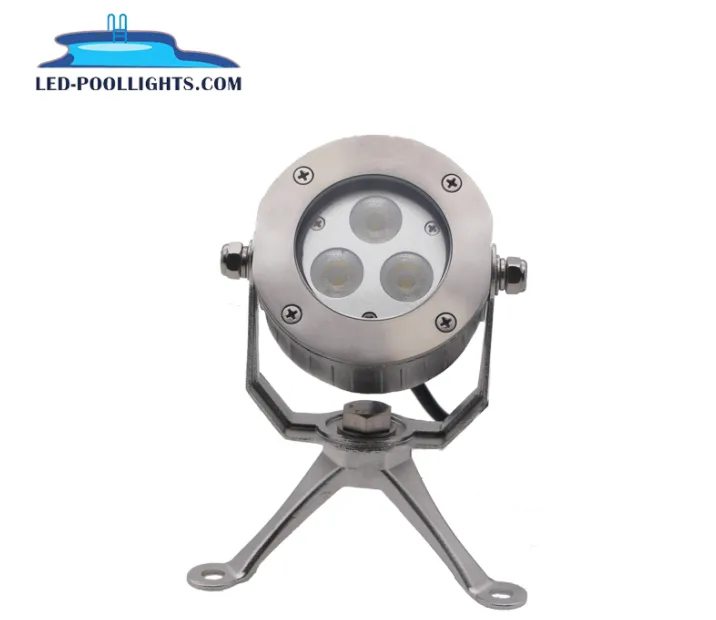News
Site Editor
 Site
https://led-poollights-en.usa18.wondercdn.com/uploads/image/6867a0dcde863.png
But to our delight, things have certainly changed. LED spotlights now make the lighting much prettier, with more reliable equipment and much lower energy consumption!
Site
https://led-poollights-en.usa18.wondercdn.com/uploads/image/6867a0dcde863.png
But to our delight, things have certainly changed. LED spotlights now make the lighting much prettier, with more reliable equipment and much lower energy consumption!
How To Choose The Right Led Pool Light(Part 1)
Views: 1975
Author: Site Editor
Publish Time: 2021-09-26
Origin: Site
Almost nothing beats an evening spent next to an illuminated pool. With good friends, good food and drink, and a quick dip at midnight as the icing on the cake: paradise!
Not long ago, pool lighting often involved one large spotlight, installed in the terrace side of the pool wall.
But to our delight, things have certainly changed. LED pool light now make the lighting much prettier, with more reliable equipment and much lower energy consumption!
Advantages of Pool Lighting
Installing pool lighting offers advantages that can impact both the safety and aesthetics of your pool. Below are some of the benefits of good pool lighting:
Enhances safety in the pool area by improving night-time visibility, especially if there are children and pets in the household
Improves safety in neighbouring sections (such as the entire yard) where the light can spill over
Extends the duration of pool use well into the evening and even till dawn time
Adds a sense of drama or a mysterious vibe to the pool area
Creates a magical poolside ambience as lighting is reflected onto the surface of the water
Positively affects the mood depending on the selected lighting colours
Helps define architectural and design elements such as pergolas, gazebos, fire pits, walls and decks
Highlights water features such as waterfalls, ponds, spas, fountains, and bubblers
You can set the tone for your poolside sanctuary through the strategic use of lighting. By making use of the right selection of swimming pool lighting elements, you can turn an ordinary pool area and backyard into a magical and relaxing corner in your home exterior.

You can use mood-enhancing lighting to make the place more dramatic or festive. If you’re someone who delights in entertaining, you can change up the lighting depending on the holiday. You can also use lighting to complement special celebrations such as birthdays and engagements.
Different types of pool lights
Thanks to innovation in the field of lighting technology, people today can choose from a wide variety of lighting options. For swimming pools, there are two main types of lighting that are usually considered. However, cost considerations, as well as energy efficiency, always remain top-of-mind when it comes to choosing the best pool lighting elements.
Traditionally, incandescent bulbs were used for many decades in households and home exteriors. However, we now know that they use too much energy and have a short lifespan leading to high energy bills and more waste. More energy-efficient fluorescent light bulbs came later, and have since taken over incandescent light bulbs in terms of popularity.
For pools, however, two relatively newer lighting options have proven popular:
1. Halogen lights
When halogen bulbs came into the picture, they eventually replaced incandescent light bulbs as standard pool lighting. Compared to incandescent lights, halogens were more energy-efficient, durable, and environment-friendly.
The downside, however, is that they are more expensive, costing twice as much as fluorescent bulbs. And although they are more durable than incandescent lights, they still require regular replacement, with an average lifespan of 2,000 to 4,000 hours. These factors, then, have made them a less-than-desirable swimming pool lighting option.

2. LED lights
Light-emitting diode or LED lighting has impacted the world of lighting, way beyond swimming pool lighting, of course. LED light bulbs are budget-friendly, have the longest life spans (can be more than twice that of compact fluorescent lights or CFLs), and are highly energy efficient.
When compared to a 100-watt halogen bulb, a LED light can produce the same amount of light (measured in lumens) while using only six watts of electricity. LED lights can feel cool to the touch even when they are turned on because they are covered with heat sinks that displace the heat. They do not contain mercury so they are clean, and are also cold-tolerant.
Like CFLs, LEDs can be fitted with energy-saving features such as dimmers and sensors. This makes them a great choice for both indoor and outdoor lighting. Since they have long lifespans (an average of 50,000 hours), they also require less maintenance and fewer replacements.
To be continued



